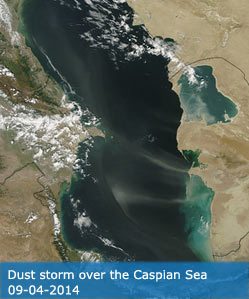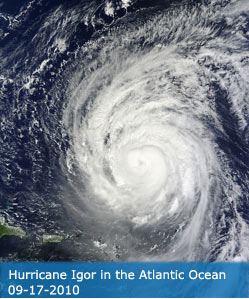Science Team
Publications
Liu, HR; Xiao, JF; Hao, DL; Li, F; Ji, FJ; Chen, M (2025). Importance of viewing angle: Hotspot effect improves the ability of satellites to track terrestrial photosynthesis. REMOTE SENSING OF ENVIRONMENT, 317, 114492.
Abstract
The product of near-infrared reflectance of vegetation and photosynthetic active radiation (NIRvP) is a new tool for monitoring gross primary productivity (GPP) dynamics in terrestrial ecosystems, due to the discovered linear correlation between NIRvP and GPP. While remote sensing-based NIRvP is considerably influenced by sensor geometry, such geometry impacts on the NIRvP-GPP relationship remain underexplored. In this study, we calculate NIRvP using observations from the Deep Space Climate Observatory (DSCOVR) that provide unique hotspot observation geometry in which the sensor viewing angle coincides with the sun direction. We evaluated the linear correlation between NIRvP and GPP in both the common nadir direction and the special hotspot direction. The results indicate that NIRvP in the hotspot direction significantly outperforms that in the nadir direction for tracking GPP variations across different ecosystems from diurnal to daily scales. This conclusion is further supported by data from the MODerate resolution Imaging Spectroradiometer (MODIS) and simulations using the Soil Canopy Observation Photosynthesis Energy (SCOPE) model. Our research highlights the value of using the unconventional hotspot-based sun-tracking satellite observations for a more accurate characterization of GPP dynamics in terrestrial ecosystems.
DOI:
10.1016/j.rse.2024.114492
ISSN:
0034-4257




